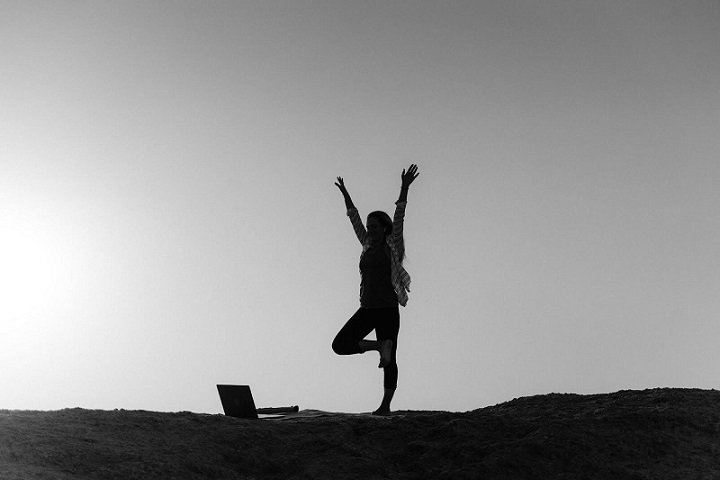The average person checks their phone 96 times daily and spends over seven hours staring at screens. While technology connects us globally and streamlines countless tasks, our constant digital consumption often leaves us feeling scattered, anxious, and disconnected from the present moment. A digital detox challenge offers a structured approach to breaking free from compulsive device usage and rediscovering life beyond the screen. This 30-day journey isn’t about abandoning technology entirely, but rather establishing healthier boundaries that prioritize real-world experiences and meaningful connections over endless scrolling and notification-driven living.
Week 1: Awareness and Preparation
Create Phone-Free Zones
Designate specific areas in your home where devices aren’t welcome—bedrooms, dining areas, or reading nooks. This physical separation helps establish mental boundaries between digital and personal space.
Track Your Current Usage
Use built-in screen time features to understand your baseline habits. Most people underestimate their actual device usage by several hours daily, making this awareness crucial for meaningful change.
Establish Morning and Evening Routines
Replace phone-checking with intentional activities like stretching, journaling, or enjoying coffee without digital distraction. Create charging stations outside the bedroom to prevent late-night and early-morning scrolling.
Week 2: Reducing Unnecessary Consumption
Curate Your Digital Environment
Unsubscribe from non-essential email lists, unfollow accounts that create negative feelings, and delete apps that serve no meaningful purpose. A cleaner digital environment reduces the urge to mindlessly consume content.
Implement the “One-Touch Rule”
When you pick up your phone, complete one specific task and put it down immediately. This prevents the rabbit hole effect where checking the weather leads to an hour of social media browsing.
Week 3: Replacing Digital Habits
Rediscover Analog Activities
Fill the time previously spent on devices with hands-on pursuits: cooking elaborate meals, learning musical instruments, crafting, gardening, or exploring local neighborhoods on foot. These activities engage different senses and provide tangible satisfaction.
Strengthen Real-World Connections
Schedule face-to-face meetings with friends, join community groups, or volunteer for causes you care about. Human connection without digital mediation often feels more meaningful and memorable. Even something lighthearted—like playing a few rounds of blackjack online during designated screen time—can provide a sense of relaxation and social engagement when enjoyed intentionally rather than compulsively.
Week 4: Integration and Long-Term Planning
Develop Sustainable Boundaries
Create personal rules for device usage that align with your values. This might include no-phone Sundays, designated work hours for checking emails, or device-free family dinners.
Practice Digital Mindfulness
Before reaching for your phone, pause and ask yourself what you’re seeking—entertainment, connection, information, or simply habit. This awareness helps you make intentional choices rather than automatic responses.
Wrapping Up
A successful digital detox doesn’t end after 30 days—it evolves into a more mindful relationship with technology. The goal isn’t to reject digital tools entirely, but to use them purposefully rather than being used by them. By establishing clear boundaries, rediscovering offline pleasures, and prioritizing real-world experiences, you create space for deeper focus, better relationships, and a more present, intentional way of living in our hyperconnected world.

